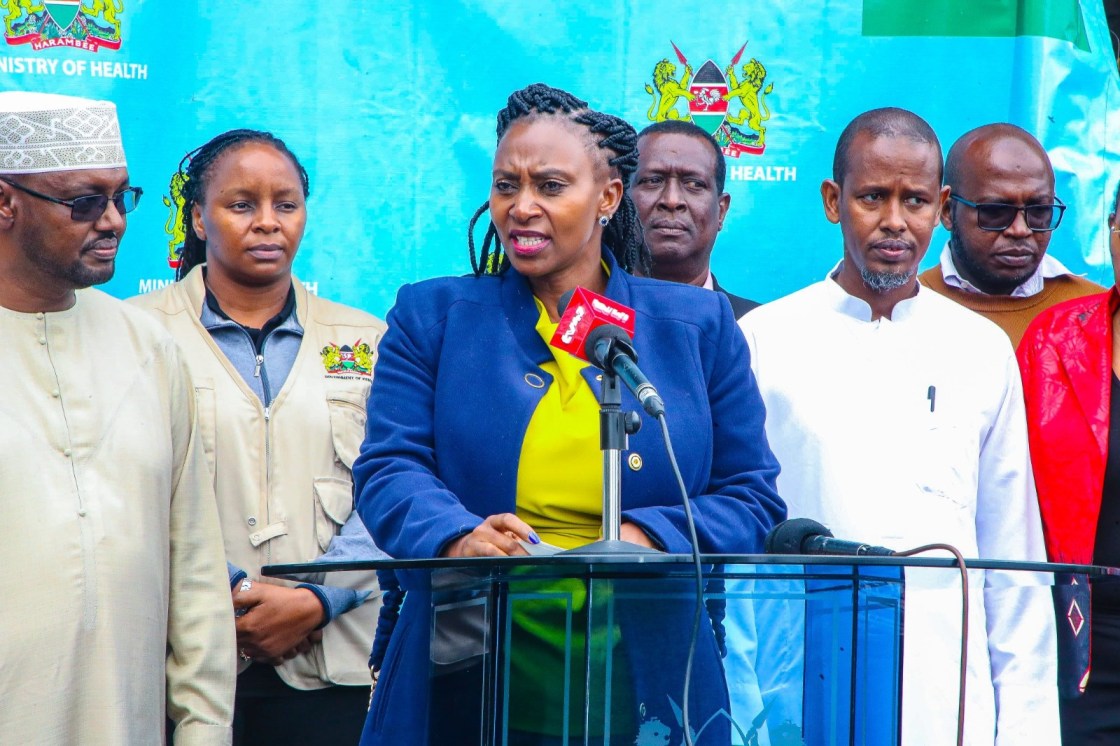The government has launched an emergency response to combat the Kala-azar outbreak that has affected Wajir and Marsabit counties, resulting in over 20 deaths and 617 reported cases.
Public Health and Professional Standards Principal Secretary Mary Muthoni announced the intervention on Friday, stating that immediate measures were being taken to contain the disease that has severely impacted the North Eastern region and Baringo.
“The Ministry of Health has launched an emergency response to contain the Kala-azar outbreak in Wajir and Marsabit counties, where 617 cases have been reported,” PS Muthoni said.
She further explained that to enhance containment efforts, the ministry had dispatched three mobile laboratories equipped with molecular testing equipment, reagents, and protective gear.
These resources will aid in early diagnosis, active case detection, and timely treatment, particularly in the worst-hit sub-counties, said Muthoni.
Kala-azar, a parasitic disease transmitted by sandflies, has a fatality rate of over 95 percent if left untreated.
The disease presents symptoms such as prolonged fever, weight loss, fatigue, anaemia, swollen lymph nodes, and an enlarged spleen and liver.
Currently, 106 patients are receiving treatment in Wajir County, with most cases concentrated at the Level 4 hospital, which has been overwhelmed by the influx of patients.
In the last three months, 25 people have died from the disease.
The national government’s intervention follows an earlier emergency response initiated by the Wajir County government, which had admitted that the growing number of cases had stretched its capacity.
PS Muthoni said that the Ministry of Health is increasing hospital capacity, supplying emergency medical resources, and conducting public awareness campaigns to educate communities on preventive measures.
 Principal Secretary for Public Health and Professional Standards Mary Muthoni speaking to the media during the launch of the emergency response to combat Kala-azar disease on March 28, 2025 in Nairobi. PHOTO/MOH
Principal Secretary for Public Health and Professional Standards Mary Muthoni speaking to the media during the launch of the emergency response to combat Kala-azar disease on March 28, 2025 in Nairobi. PHOTO/MOH
She also noted that the government is working with the Treasury to release funds to support the fight against the disease, which has been linked to malnutrition, poor housing conditions, and population displacement.
She urged residents in the affected areas to seek medical attention if they exhibit symptoms and to adopt preventive measures.
“We urge the public to seek medical attention early if experiencing symptoms and to take preventive measures such as wearing long-sleeved clothing, using insect repellents, and sleeping under insecticide-treated nets,” she advised.
The disease, which is endemic in Kenya’s Rift Valley, eastern, and north-eastern regions, was first detected in September 2024.
By late January 2025, health officials in Tiaty, Baringo County, had raised concerns about the escalating cases of Kala-azar.
Also known as visceral leishmaniasis, it is the second deadliest parasitic disease globally after malaria.
The government’s ongoing efforts, along with the deployment of medical resources, are aimed at reducing fatalities and containing the spread of the disease in the affected areas.

